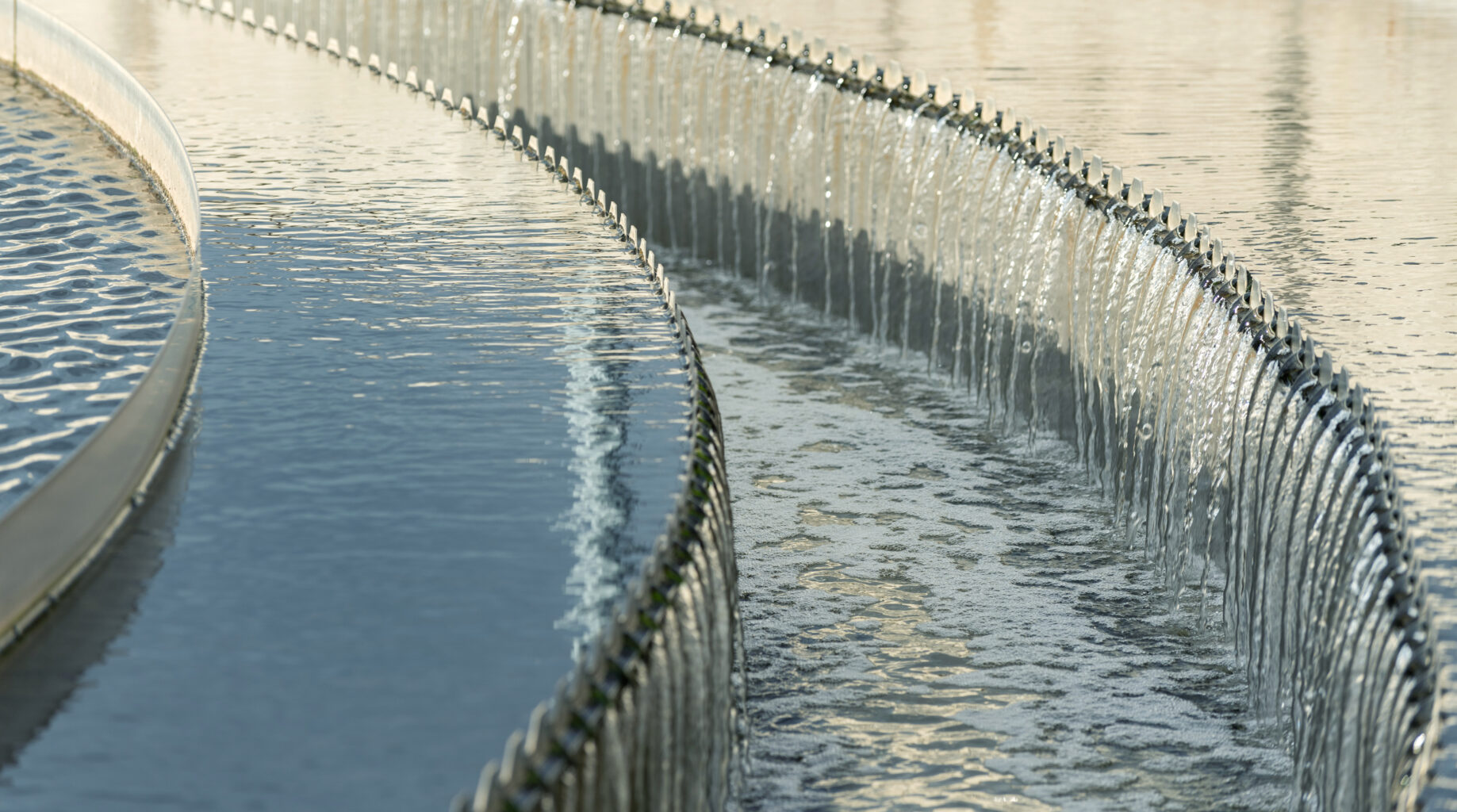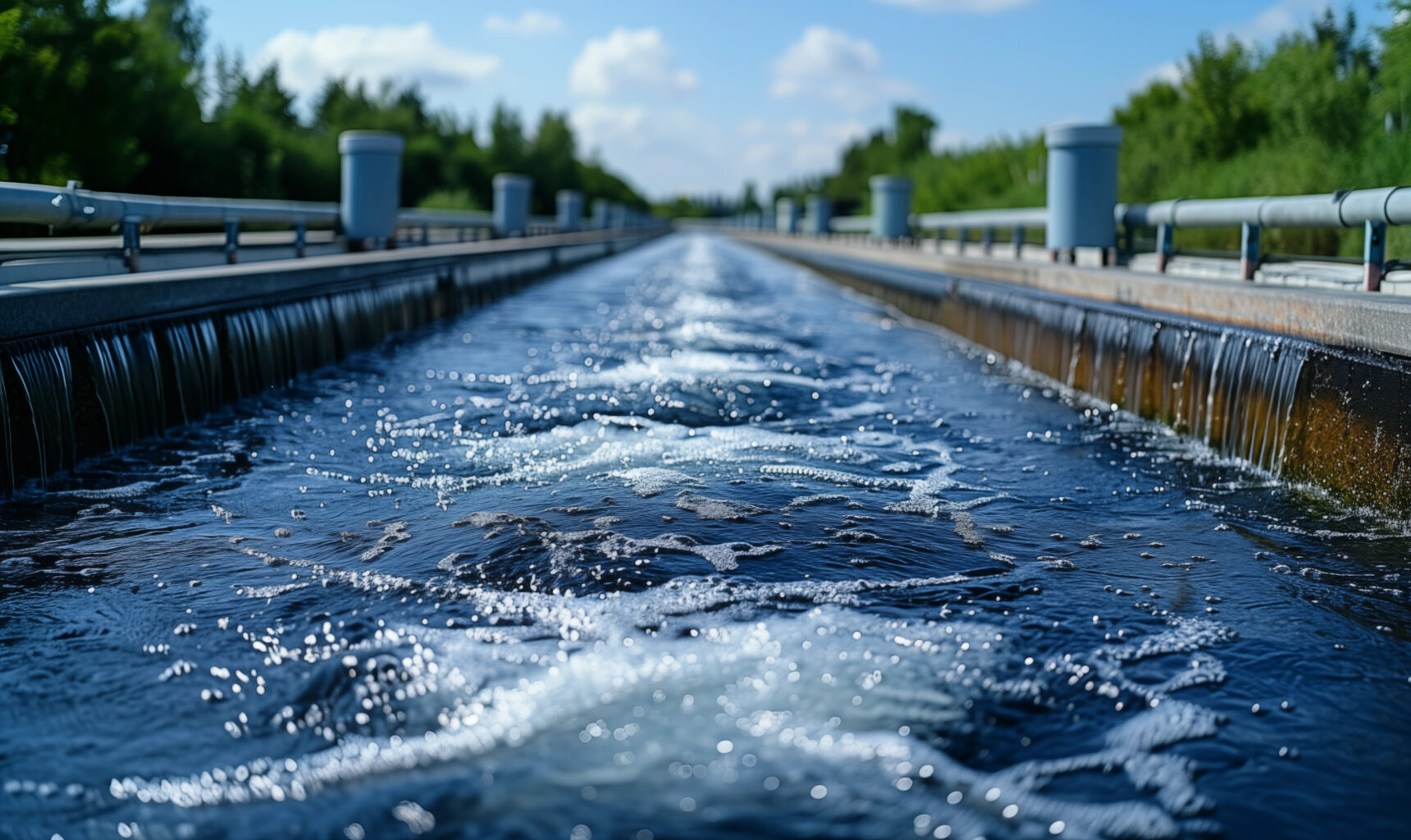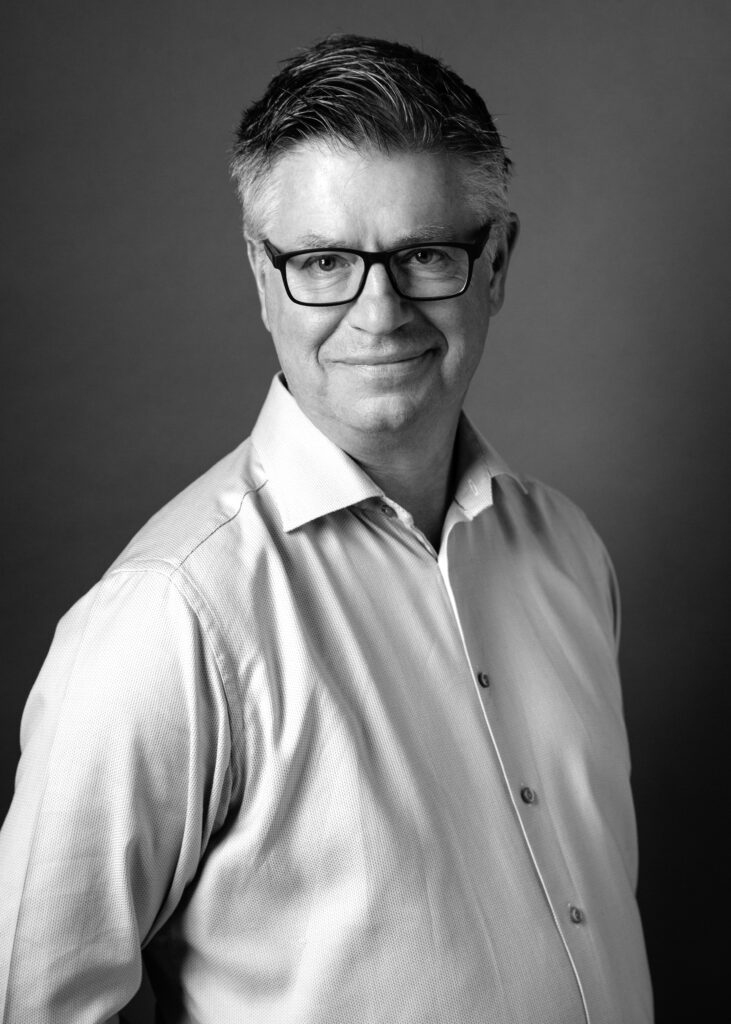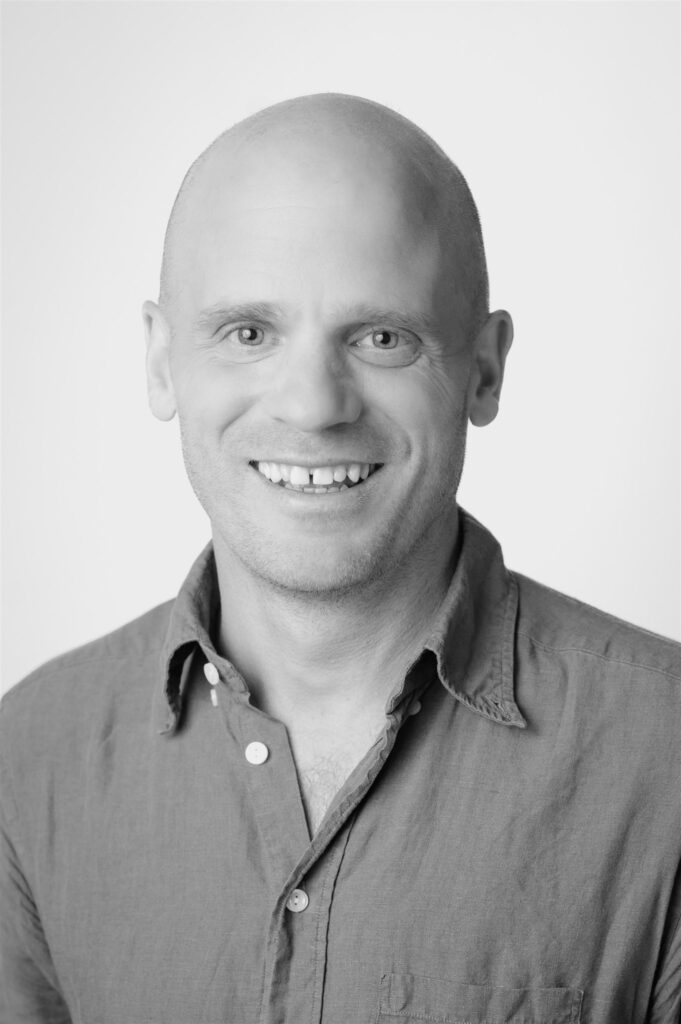We are currently seeking nitrous oxide measurement solutions!
The challenge for this fall’s Innovation workshop comes from VA Syd, which is seeking solutions for the detection and destruction of nitrous oxide emissions. Do you have an idea that could contribute to a more sustainable future? Read more below about the challenge and how the Innovation workshop works - your idea might be the one that makes a difference!
Apply here!
Turning challenges into real collaboration
The platform aims to bridge the gap between stakeholders with specific needs, innovative companies, established industries, public authorities, and academic institutions – accelerating the development and implementation of new water solutions.
The Innovation workshop is a process designed to make it easier for different actors to connect and together address the challenges identified in line with the program’s mission. This is achieved through workshops, pitches, and meetings between stakeholders and innovators, with the goal of identifying potential projects for further development.
By promoting collaboration and innovation across different system perspectives, the innovation arena strives to accelerate the transition toward a more sustainable water system.

For sustainable water solutions
The Innovation workshop aims to:
- Identify, test and demonstrate new technologies, business models, and system solutions based on current research, innovations, and identified needs.
- Support the development of new technologies and businessmodels that contribute to sustainable water management.
- Facilitate matchmaking between stakeholders and innovation companies thorugh structured matching processes.
- Support innovation and business development of Swedish companies in international markets.

Help VA Syd with nitrous oxide emissions from wastewater treatment plants
Nitrous oxide emissions from wastewater treatment plants account for a significant share of greenhouse gas emissions from municipal facilities, yet they are rarely measured. Continuous monitoring is needed because emissions vary greatly over time and general default estimates are unreliable. Current nitrous oxide measurements rely on floating hoods that cover only small areas and there is no methodology for optimal placement.
By covering the tanks, all air could be captured for more reliable measurements, but costs and maintenance access present challenges. Innovative material and ventilation solutions could significantly reduce costs. Covered tanks could also reduce odor, aerosols, and safety risks, improve working conditions, and enable the installation of solar panels. Similar solutions from agricultural manure storage tanks may provide inspiration for cost-effective designs in wastewater treatment.
Apply here!
You will get the opportunity to present and discuss your solution with VA Syd and other stakeholders.
ApplyInnovation workshop 2025 - step by step
For the first time, the matchmaking event is also open to other stakeholders. You will get direct access to innovative solution providers, which is important for them to reach more customers and potential partners.
You will also have the opportunity to network with both solution providers and other stakeholders – an unique chance to gain inspiration, stay informed about developments in the field, and discover new ways forward for your organization.
Funding will be available for smaller projects that need to be carried out to pave the way for a larger initiative. These projects may involve testing, verification, external consultants, feasibility studies, or so-called pre-feasibility studies. Central to the funding is that there must be a clear interest from both the need owner and the party providing the solution/innovation, and it should be clearly stated what a positive or negative outcome would lead to.
Good projects are those that can lead to a larger project, pilot test, or investment. Participants in the Innovation workshop will not receive priority for this funding, as it will be open to all actors.
Project funding will be announced around mid-2026.
Contact
Earlier in the Innovation workshop
The neutralization plant at Outokumpu is designed to treat acidic rinse water and acids using, among other things, lime slurry and flocculants. Currently, it is difficult to meet the guideline value for molybdenum (10 mg/L as a monthly average) in the treated water leaving the neutralization process. The issue is related to the fact that molybdenum dissolves at high pH, while nickel can only be precipitated at high pH, creating a chemical conflict in the process. There are no commercially available technologies that can remove molybdenum under these conditions without requiring extensive modifications or disrupting the existing process.
The goal is to find a technology to remove molybdenum from the clarified water after the lamella separator in a robust, operationally reliable, and cost-effective way.
LKAB’s iron ore production generates large quantities of process water with high nitrate levels due to spillage from explosives. Much of this water is reused, but a surplus must be discharged into surrounding water environments, where nitrate contributes to the non-compliance with Environmental Quality Standards.
Previous trials have shown that biological nitrogen removal using MBBR technology is technically feasible, but it requires the addition of phosphorus, which risks harming the aquatic environment. Phosphorus levels in the receiving waters are extremely low and can only tolerate minimal additions. The challenge lies in:
-
Treating very large volumes of water (8–12 Mm³/year),
-
Under subarctic conditions (low temperatures),
-
With complex water chemistry (high ionic strength, sludge, high calcium levels),
-
While ensuring that the treated water meets extremely low nitrate and phosphorus concentrations.
The goal is to identify or further develop technologies for efficient nitrate removal with minimal phosphorus addition – either through new MBBR solutions or other innovative technology combinations. The technology must be robust, resource-efficient, and capable of integration into a closed-loop process water system with high reuse.





